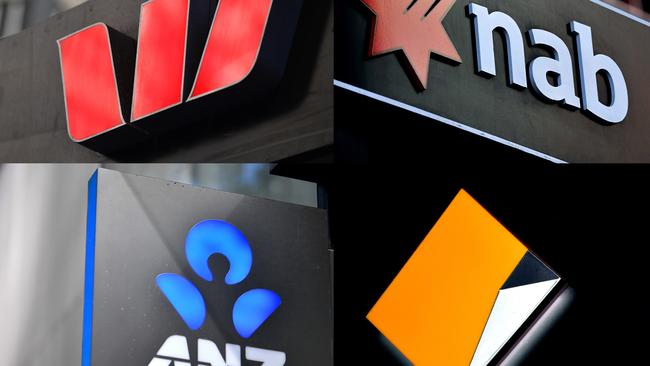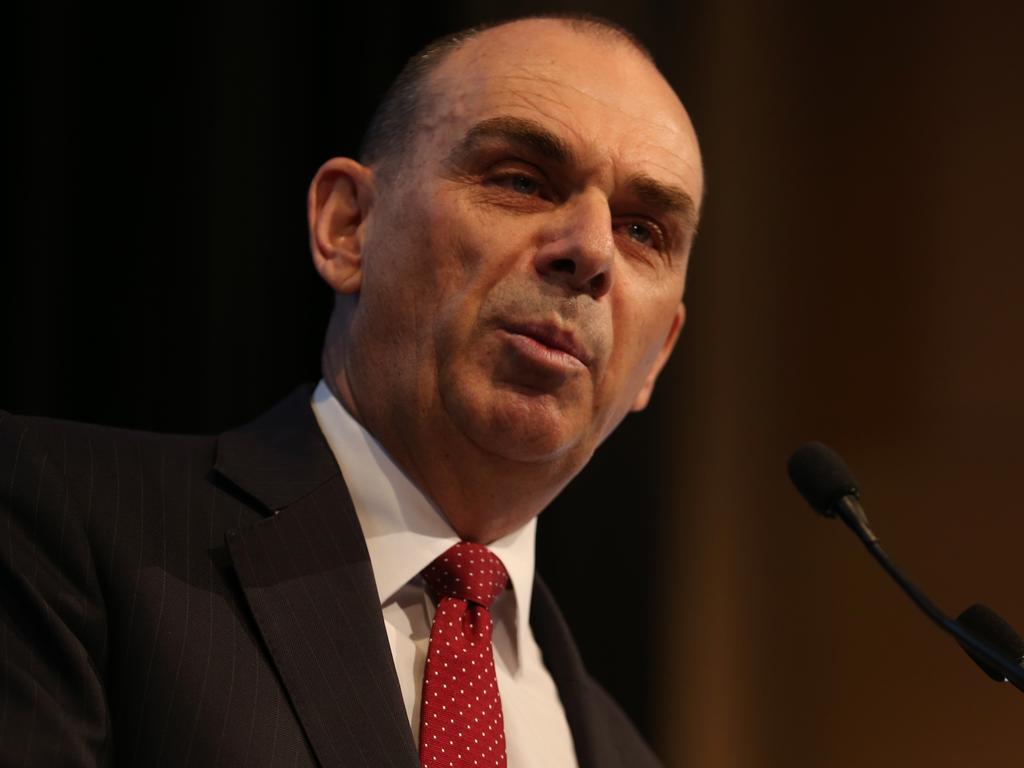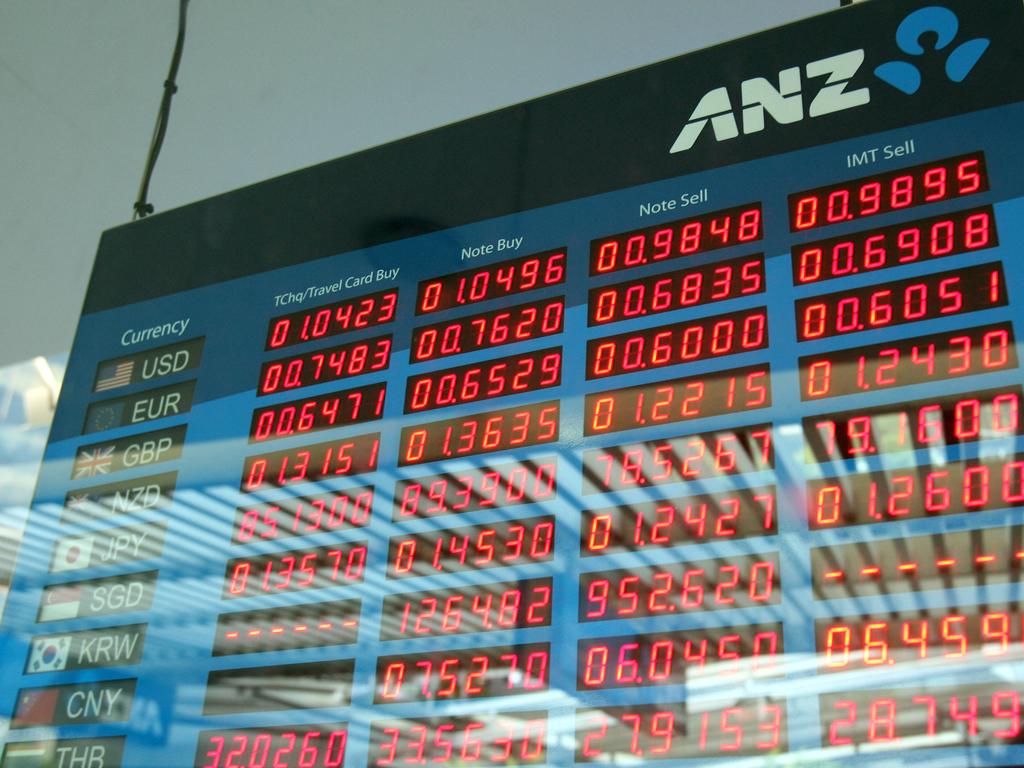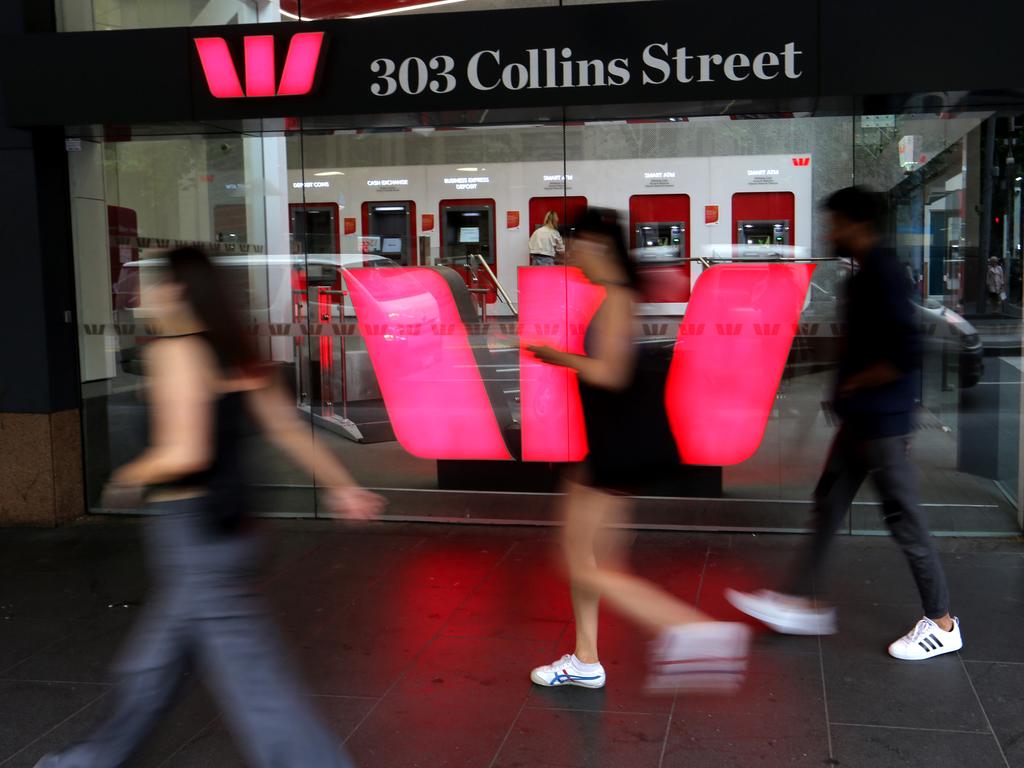Ratings agency S&P Global lowers outlook on Australian bank credit ratings
S&P flags lower loan growth as a risk, as the big four confront the pressures of the coronavirus.

S&P Global has downgraded its outlook on the credit ratings of Australia’s four major banks to negative as they confront the pressures of COVID-19 containment efforts, but kept their ratings unchanged.
However, the ratings agency said the negative outlook on the Australian banks reflected a one-in-three likelihood that the long-term rating would be lowered in the next two years. Macquarie Bank’s outlook was also revised to negative from stable.
In a statement, S&P said it believed the five Australian banks were “adequately placed” to absorb increasing credit losses, despite weaker interest margins, fee income, and loan growth.
“We expect loan growth to remain subdued in the next two years. We consider that the substantial fiscal and policy support from the Australian authorities and a strong economic rebound toward the end of calendar 2020 should help to limit the rise in credit losses,” the statement said.
“Strong and timely monetary support announced by the Australian authorities has alleviated funding and liquidity risks to these banks from the global financial market dislocation, in our view.”
S&P also pointed to the likelihood that the Australian government would provide financial support for the banks if required.
S&P’s rating on the big four’s long-term debt remains at “AA-”, with the short-term debt rating at “A-1+”. A cut in credit rating would have marginally pushed up borrowing costs for the banks.
The move comes amid OECD estimates which suggest that a six-month lockdown could reduce Australia’s annual GDP by around 12 per cent, and estimates that unemployment could reach 11 per cent.
The S&P decision follows a similar move on Tuesday by Fitch Ratings, which lowered the issuer default ratings of Australia’s “big four” banks, along with their New Zealand subsidiaries, from A+ to AA-.
In a statement, Fitch said the protracted economic shock and further profitability weakness were the triggers for the decision. Despite the downgrade, the ratings agency maintained its negative outlook for the banks, citing shrinking GDP in the first half of this year, compounded by spiking unemployment.
In addition, the economic recession would leave a portion of businesses unable to restart and households unable to resume debt repayments after the debt holidays.
S&P’s decision also comes after the prudential regulator warned bank boards on Tuesday night that it expected any interim dividends paid by the banks to be “materially reduced”.
Following APRA’s edict, Bank of Queensland became the first bank to elect to defer its dividend until it has more clarity on the regulator’s views.






